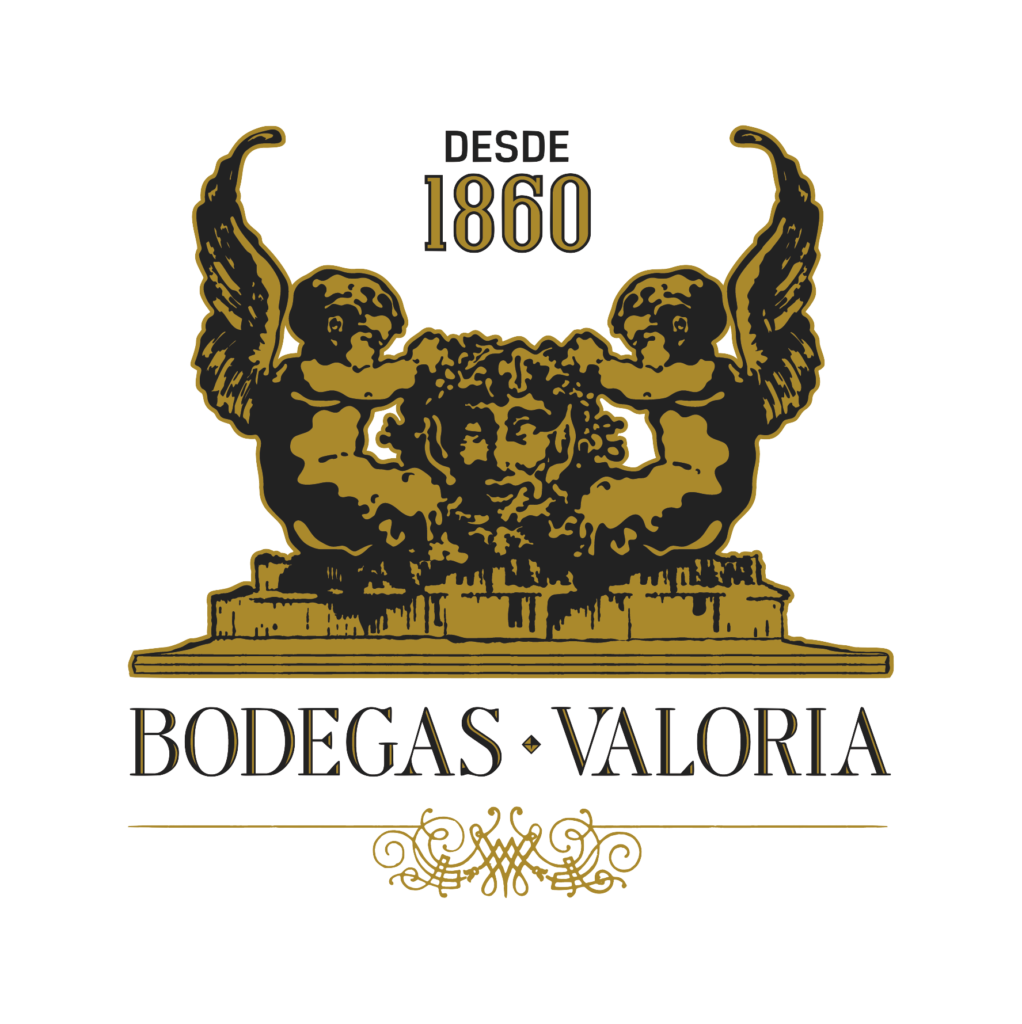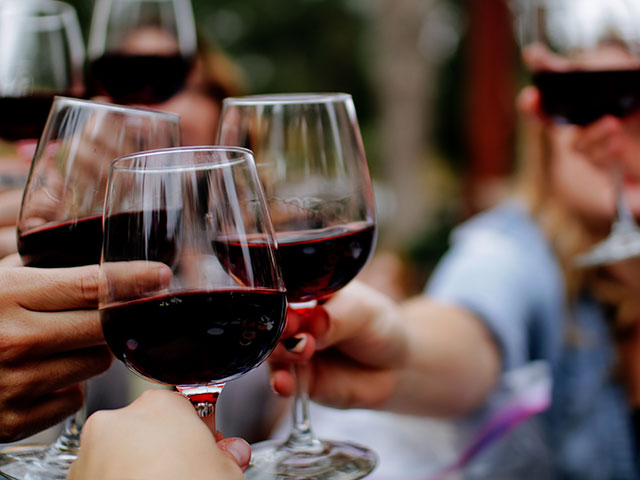A Closer Look at the History of American Oak in Rioja
Did you know that American oak actually plays a huge role in making Rioja wines? This surprising fact actually has quite a bit of history.
Manuel Quintano was from the wine town of Labastida in Rioja where his family owned land and made wine. He traveled to Bordeaux in 1785, at the time, Bordeaux was the only place that made high-quality red wine, so he went to study how wine was made there.
He noted every stage of production and the differences from how wine was made back home in Rioja. Most notable, it is believed that he became the first winemaker in the Rioja to notice the effect that aging in oak barrels could have on a wine.
It was this use of barrels that was the most important thing. The oak did many things that were beneficial to the wine and these would have been especially noticeable in the days before modern vineyards and winery practices made rich, clean wines. The wood has a porous structure that allowed slight evaporation, which concentrated the wine and allowed in a trickle of oxygen that softened the tannin. It also helped develop a more silky texture.
Of course the wood also affected the flavor of the wine, often giving vanilla, cedar, coffee, cocoa, or caramel notes. All of this can often give an impression of sweetness and richness to the wine, which helps accentuate that sensation of concentration.
However, the most important thing the oak did for the wine was to make it live longer. The wood contains a type of tannin that helps to protect the wine from oxidation. To most winemakers in the eighteenth century, whose wines only lasted a few months and visibly deteriorated over that time, this would have been a major game-changer.
Quintano returned to Labastida in 1786 and set about applying what he had learned and successfully produced wine using these techniques. In 1795 he even exported wine to Mexico and Cuba, which were the first barrel-aged wines to be exported from Spain and they arrived in perfect condition.
Events then came together which ensured Rioja’s future as a fine wine region and this future was all about the use of oak. Further improvements began taking place such as making the fermentations more efficient and hygienic which meant they needed more barrels which were in very short supply. The wines had an intensity and a fragrance the everyday wines lacked and most importantly could enjoy a long life.
So, by the 1860s, Rioja had become a dominant region for producing wines, made with the most modern techniques, that were worthy of mounting a challenge to Bordeaux itself.
So, Rioja was born and, surprisingly, oak was the dominating characteristic, not the grapes. Originally winemakers were using French oak but this was expensive and, strangely enough, at the time it was more common for the French to use Russian oak in the days before the Russian Revolution in 1917. So, to take its place, Rioja’s winemakers looked to the recently independent Spanish colonies in the Americas as their source of oak. These countries were their natural trading partners and a large market for their wines. The oak was plentiful, cheap, and gave even more flavor than European wood – in fact, it gave the wine a rich, sweet, and earthy character that has been the hallmark of Rioja wine ever since.
Spanish drinkers as well as foreigners quickly came to love this rich and clear flavor that set spanish wines rioja apart from the other wines of Europe. Aging in American oak had many benefits that made the wines very attractive to Spanish drinkers who had never before been able to enjoy high-quality wines from their own country. The rich oaky vanilla flavor became a fundamental part of the wine style, as did the silky texture and smooth tannins. This came from the long oak aging which also ensured, together with careful racking, that the wines had little or no sediment in the bottle, something the Spanish consumer favors to this day.
The style became more and more popular all over Spain and, even now, Rioja wine is more widely available in Spain in comparison to wine from any other region. Interesting to note that for well over 100 years only about 20% or so of Rioja wine production was exported. Rioja was the quintessential Spanish wine and this resulted in other regions copying Rioja’s techniques, style, and even labeling standards.
One unexpected result of Rioja’s oak aging techniques was the virtual demise of estate wine. Historically growers had made their own wine, albeit in a rudimentary way, and sold that to their neighbors or merchants to blend with other wines. The new methods and the cost of the equipment put modern winemaking beyond their reach so most of these farmers focussed on growing grapes which they sold to the bodegas who could afford the oak barrels and the new equipment. Even now, estate-bottled Rioja is relatively unusual with bodegas traditionally buying much of their fruit from a spread of growers.
It seems to me that in those low tech times this separation of skills could actually have been beneficial to quality. Nowadays we assume that estate wines are better, almost by definition, but this separation allowed the farmers to concentrate on growing better fruit while the winemakers could put their energy into turning them into good wine. It wasn’t universal by any means, but separating growing and harvesting grapes and winemaking certainly became the norm and Rioja’s fame and reputation as a quality wine region stems from this moment.
As wine has developed in modern years, Rioja has only improved its notoriety for producing quality wine. The Rioja wines that can include “Qualified Certification of Origin” on their label are able to guarantee a level of quality that wines from other regions cannot. With this development, the quality control that is put in place by the certification boards set strict standards to maintain the quality level. One of the standards closely monitored is the classification of the wine as either Young, Crianza, Reserva, or Gran Reserva. This classification is based on the amount of time that the wine spends in these oak barrels. The total amount of time spent in the barrel as well as when it is placed in the barrel are all closely monitored. The variations depend on the classification of the wine and whether it is a red, white, or rosé.
Viña Valeria was established in 1860 and has upheld classic winemaking styles. Crafting quality wine under the Rioja Qualified Certificate of Origin label, they are experts in creating delicious and exciting red wine, white wine, and rosés. The winery has over 150 years of experience in developing Crianzas, Reservas, Gran Reservas, and Cosecha Vieja, or old vintage wines with the traditional Rioja style and American oak barrels.



